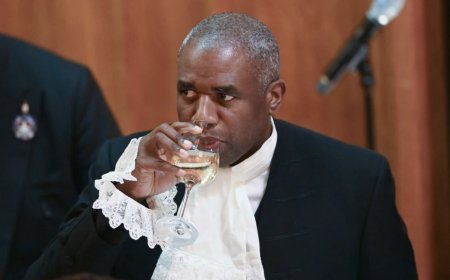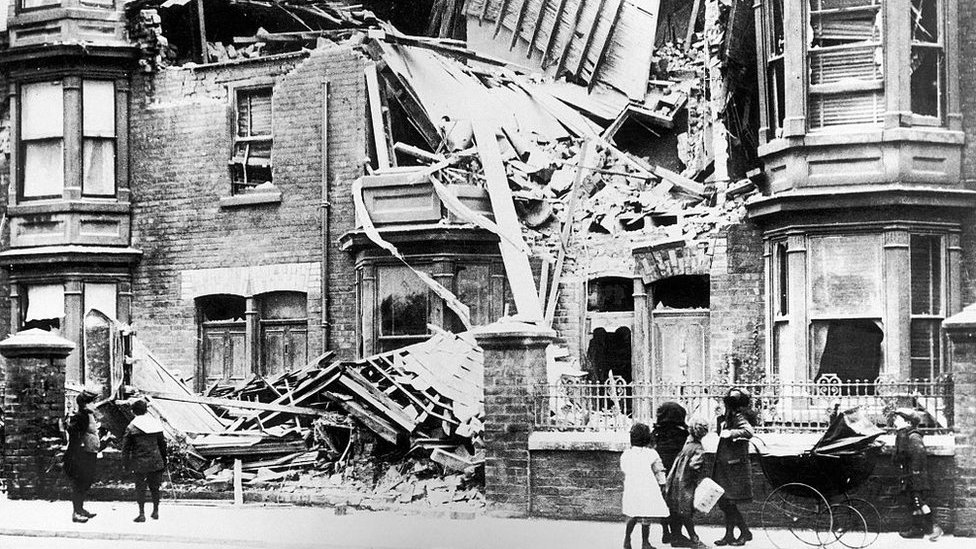The Cults Shakkin’ Briggie that once united a divided community across the River Dee
The Shakkin' Briggie at Cults was once a symbol of great philanthropy by a minister to unite a congregation divided by the powerful River Dee. Even in its decayed state it's noted as one of the earliest surviving suspension bridges in Scotland.

These days the Shakkin’ Briggie at Cults is a rusting monument to the power of nature and the inaction of man.
The bridge over the River Dee has been a Cults landmark since 1836, and is a rare surviving example of an early suspension bridge in Scotland.
Built to connect a popular minister with his dedicated parishioners nearly 200 years ago, these days little more than divine intervention can be holding it together.
The world looked very different when the Shakkin’ Briggie – or St Devenick’s Bridge to call it by its Sunday name – was first conceived.
Queen Victoria’s reign was in its infancy, the steam age was yet to reach Aberdeen and Cults was a collection of large houses, scattered farms and mills serviced by a parish school and post office.
Minister paid for Shakkin’ Briggie to unite his divided congregation
Reverend Dr George Morison, kindly minster of Banchory-Devenick Kirk south of the River Dee, paid £2,000 for the footbridge to allow members of his congregation in Cults to attend church.
Designed by Aberdeen architect John Smith, work began on the 305ft-long crossing in 1836-37.
Unusually for a suspension bridge, it featured Smith’s trademark neo-classical style with cables hanging between cast iron unfluted Doric column pylons.
In 1840 a dinner celebration for 300 people was held beside the Shakkin’ Briggie on the north bank of the Dee to give public thanks to Rev Morison.
The bridge replaced a dangerous ferry crossing, and realised a long ambition of Morison’s.
Speaking at the celebration, he said: “When I first settled in this parish 55 years ago, it was deeply impressed in my mind that, in a parish divided as it was by a deep, rapid river, by which a great many of the parishioners were cut off from the church and the parish school, no boon could be of more importance than a bridge.”
Life savings saw long-held bridge dream come to fruition
With a “slender” income, it had taken Morison most of his 55 years to save up for the bridge.
But he added the monetary sacrifice was worthwhile when “the first Lord’s day morning on which I saw, from the window of my manse, the people coming safely along the bridge”.
In its heyday it was an elegant structure with metal latticework railings either side of the iron-rod suspended wooden footway.
It earned its best-known nickname Shakkin’ Briggie for the way it shook when walked on, but it was also known as Morison’s Bridge after the minister.
But the minister warned “much of the materials of the bridge are of a perishable nature; wood and iron are liable to waste, and much care will be required to prevent the structure from falling to decay”.
He told dinner guests “while I live, it will be my care to look after it”.
Fierce flooding in 20th Century began to take toll on bridge
But Rev Morison had also put money aside to have the bridge repaired after his death, which he added “in the course of nature, cannot now be long”.
He had bequeathed funds to the Kirk Session to upkeep the bridge, hoping it would “last for ages”.
He died five years later with his parish and affairs very much in order, and the Shakkin’ Briggie continued to link a divided congregation.
But from 1920 it was a different story. A particularly fierce flood that year saw the water rise above the bridge deck causing significant repair work.
It bore the scars of many more floods, and by the 1950s the meandering course of the Dee caused erosion to the south bank meaning one of the abutments became an island.
Pedestrian passage ended in 1958 after further flooding damaged the foundations.
Funds had long diminished by 1968, and the Banchory-Devenick Kirk Session was granted permission by Kincardine Planning Committee to demolish the bridge.
Repair costs were estimated at £27,000 but none of the county councils wished to foot the bill.
‘Doomed to remain part-ruined and quite useless in its half-span’
Army engineers even offered to demolish the bridge as part of an exercise, but unusually for the 1960s, its historic importance prevented its demise.
The reprieve did nothing to stop the Shakkin’ Briggie falling into ruin.
In 1969, the Evening Express said: “Now, unless something is done about it immediately, it seems doomed to remain part-ruined and quite useless in its half-span across the River Dee until it finally collapses.”
The southern approaches were swept away by severe floods in the 1970s, and the bridge was branded controversial, dangerous, and “a saga”.
Soon the bridge was described as “a permanent reproach to man’s incapacity to deal effectively with the situation”.
With no money, the small kirk wanted to relinquish responsibility for the bridge but nobody was willing to take it on.
It became more of an exercise of prevention than preservation as efforts to deter walkers were ramped up.
In 1984, the timber boards were removed to stop people from attempting the crossing.
The bridge to nowhere that nobody could save
A few years later an £800,000 appeal was launched with a view to restoring the “architectural treasure” bridge.
The project team said in 1991 that the bridge was “probably unique in Britain and has great local sentimental value”.
But despite the optimism, proposals fell by the wayside and it became the bridge to nowhere that nobody apparently owned.
Having one end in Aberdeen City and the other in Aberdeenshire also made the question of maintenance tricky.
In 2016, an earlier category A-listing was changed to B, but despite its state the bridge is still considered of architectural interest and features on the Buildings at Risk Register.
Historic Environment Scotland states: “It is the design of the pylons which marks out Morison’s Bridge as of particular interest in this section.
“The classical cast iron Doric columns are distinctive and one of only a handful of suspension bridges in Scotland with classical styling.”
Once a symbol of unity, the slightly-eerie, skeletal remains of the Shakkin’ Briggie are all that is left of one man’s great act of philanthropy.
[Source: Press and Journal]













/file/attachments/orphans/rebecca-hague-mothers_864112.jpg)















































